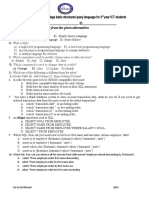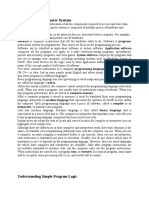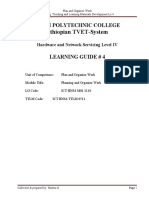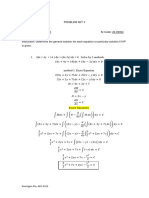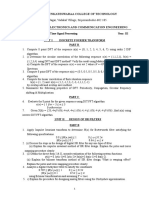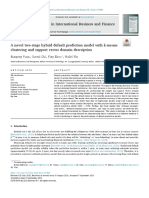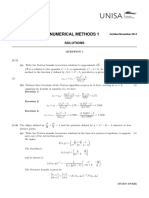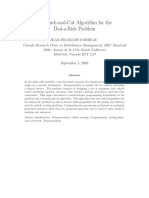0% found this document useful (0 votes)
44 views59 pagesData Structure and Algorithm Chap 2
Uploaded by
mohammed ahmedCopyright
© © All Rights Reserved
We take content rights seriously. If you suspect this is your content, claim it here.
Available Formats
Download as PPTX, PDF, TXT or read online on Scribd
0% found this document useful (0 votes)
44 views59 pagesData Structure and Algorithm Chap 2
Uploaded by
mohammed ahmedCopyright
© © All Rights Reserved
We take content rights seriously. If you suspect this is your content, claim it here.
Available Formats
Download as PPTX, PDF, TXT or read online on Scribd
/ 59

































































